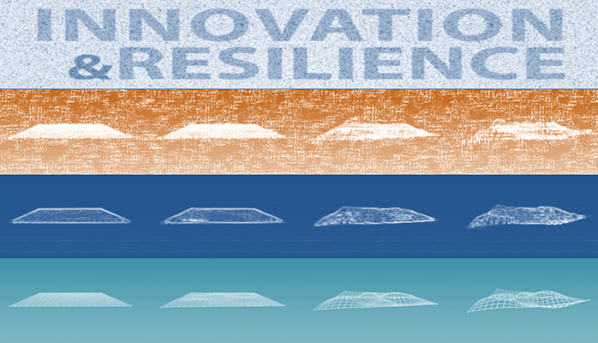Innovation vs. Resilience: Separating the Wheat from the Chaff
If words were stocks and you’ve been investing in ‘innovation’ for, say, the past two decades, you may have noticed that you are sitting on a non-performing investment. The problem with ‘innovation’ is not that we have enough of it, but that its potency has progressively been degraded by gross simplification and overuse. In fact, the term has been stretched so much that it has lost its basic meaning across several domains. We now have endless debates about what ‘innovation’ means, or doesn’t mean. Worse, the term is often being used to mask serious structural deficits and serve as a convenient pretense for “doing something” without actually doing much of anything.
Now, before you sell your ‘innovation’ stock (TKR: INÖV), you might ask what you’d want to buy instead. Indications are that ‘resilience’ (TKR: RE$L) is hot! It has been trending upwards for quite a while now. The rediscovery of ‘resilience’ as a virtue was reinforced recently by the near-collapse of the global financial system and the realization that the world is replete with shifty and unpredictable threats. Word analytics of American publications reveal that an uptick in the use of the term ‘resilience’ was also registered at the time following the Great Depression and WWII. So, if the words we use, read, or write are any indication, we are of a state of mind that is more akin to the WWII period (box 1) than that of the Cold War era (box 2).

The need to build resilient structures and systems is indeed necessary given the volatility of conditions in a world where the concept of distance as a safety buffer has long become obsolete—from fiscal crises to Ebola to ISIS. Resilience is especially required knowing that we are increasingly subject to unanticipated events that are outside of our control. For commercial industry, failing to adapt can be mercilessly punished by the marketplace. Government, on the other hand, is less responsive for a number of reasons, including ironically the resilience of its status quo and legacy systems. As a friend would say: “This is where we need to separate the wheat from the chaff.” Resilience in the form of static resistance is not what is desired, but rather resilience in an adaptive form that shapes and scales according to the challenge at hand. And that is why innovation is a key ingredient to adaptive resilience—the kind needed to defeat the dynamic and diversifying threats we face.
So, wait, don’t dump those ‘innovation’ shares just yet!



